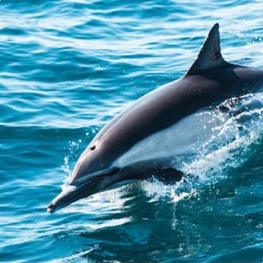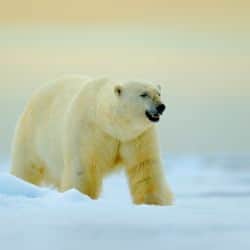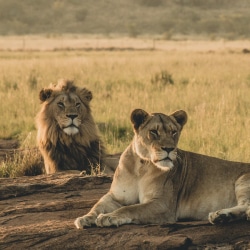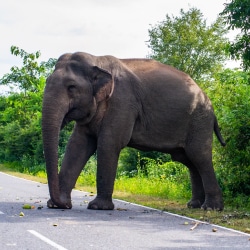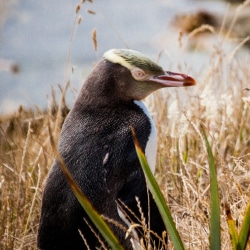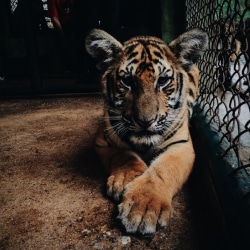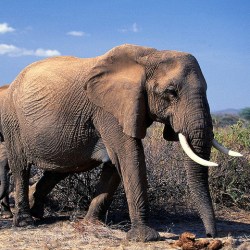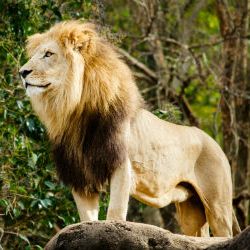News
We bring you the latest from around the World in wildlife and conservation news.
Dolphins And Humans Have Similar Personalities
Research has discovered that dolphins develop similar personality traits to humans despite living in very different environments.
Arctic Ice Loss – Polar Bears Fight For Survival
Ice loss in the Arctic is causing polar bears to use up to four times as much energy to survive according to new studies.
World Lion Day
World Lion Day is being celebrated on August 10. The aim is to raise awareness and gather support for lion conservation. Lions are listed as an endangered species in the IUCN Red List.
Chinese Elephants on Walkabout
A family of 15 Asian elephants has wandered over 300 miles from their home. Originally from a nature reserve in China’s southwestern province of Yunnan, they have headed north without any obvious destination. No one knows why the elephants started migrating or where they’re headed. This is the longest recorded elephant migration in China’s history.
Hope For Yellow Eyed Penguins
Yellow eyed penguins are the most endangered penguin species in the world. Found only in New Zealand and nearby islands, there are only 4000 left in the wild. They grow up to 79cm tall and weigh 8.5kg. Their unique yellow band of feathers that runs around the back of their heads makes them easily identifiable.
Wildlife Trade and Income Inequality
Over 420 million wild animals were traded in 226 nations over 2 decades (between 1998 and 2018) according to new figures. The researchers said that income inequality is a driving factor behind the trade.
African Elephants Have IUCN Status Reviewed
Up until a recent study, getting an accurate overall population assessment for African Elephants was misleading. Population increases in southern Africa, masked a decline in other parts of the continent.
Is Artificial Insemination Bad for Conservation?
Could technology actually hinder conservation? Recently a lion cub was born in Singapore Zoo using artificial insemination. This was reported as a success for wildlife conservation, but is that actually true? Labelling it as a success for conservation against the backdrop of destruction to biodiversity in the wild could be very misleading.
